
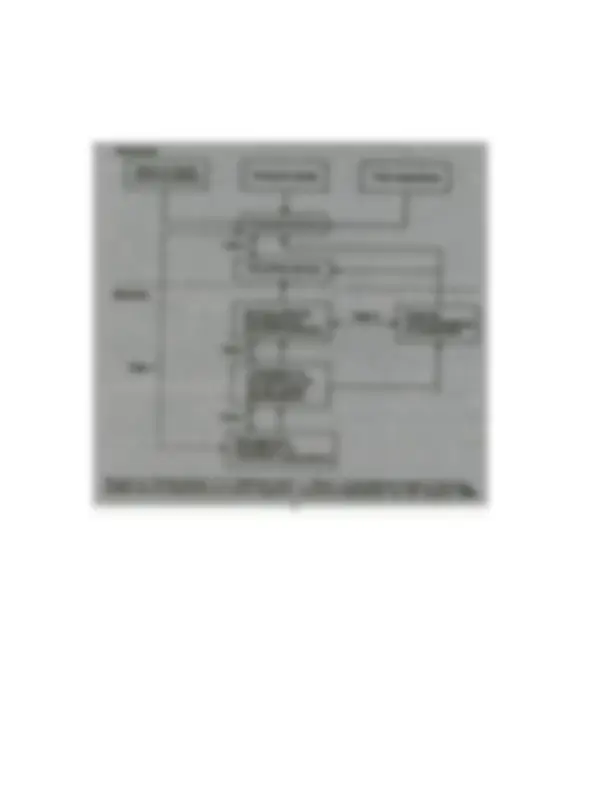
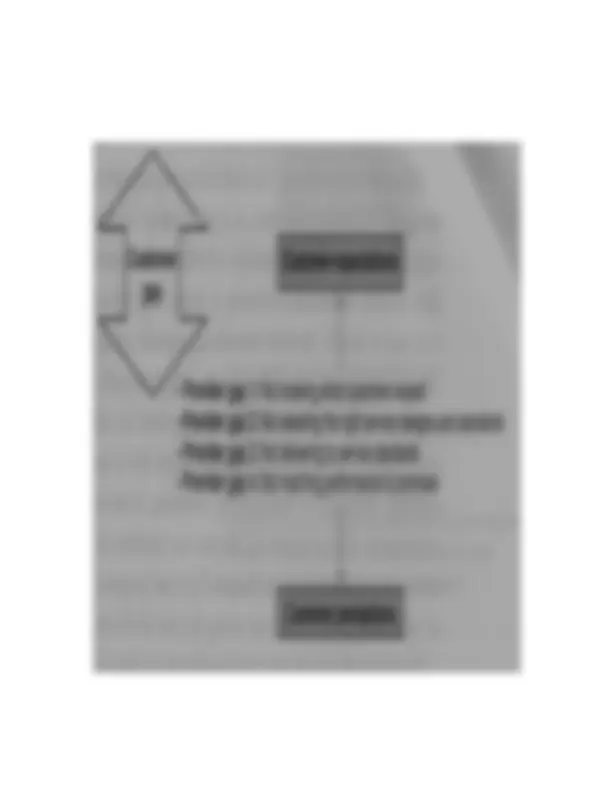
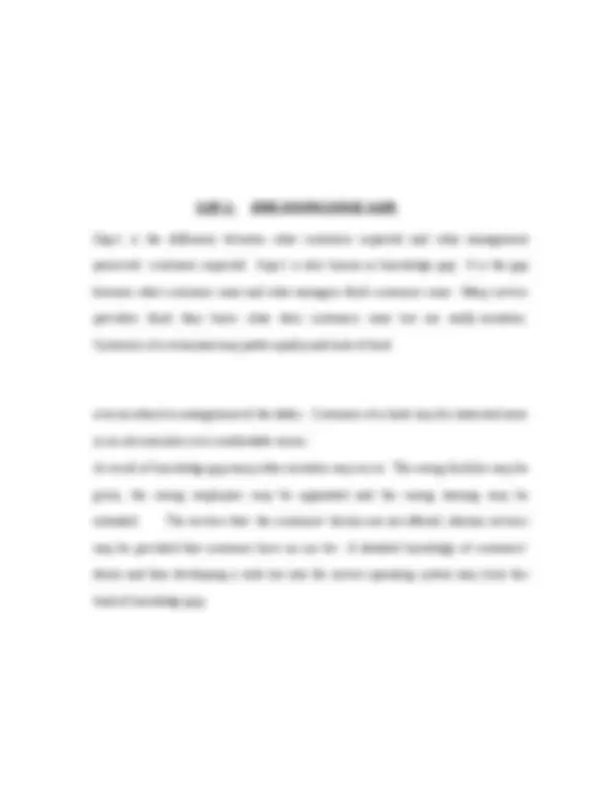
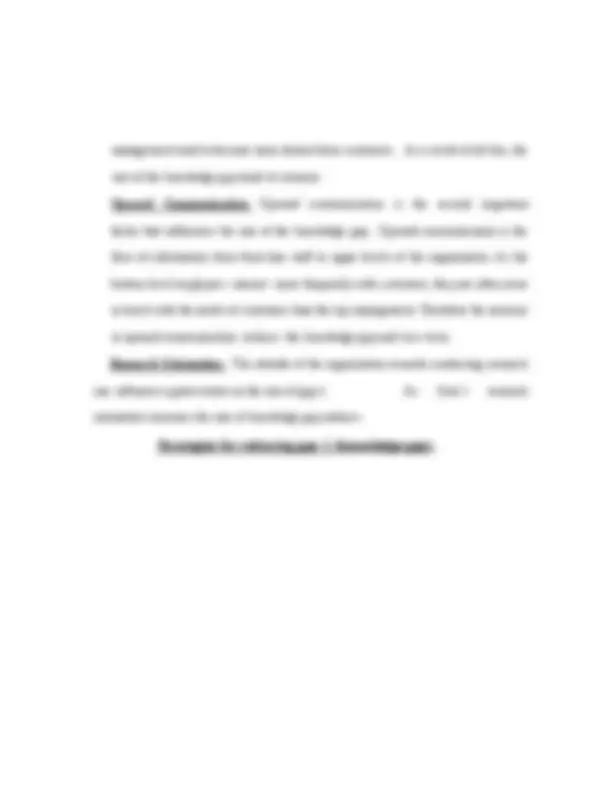
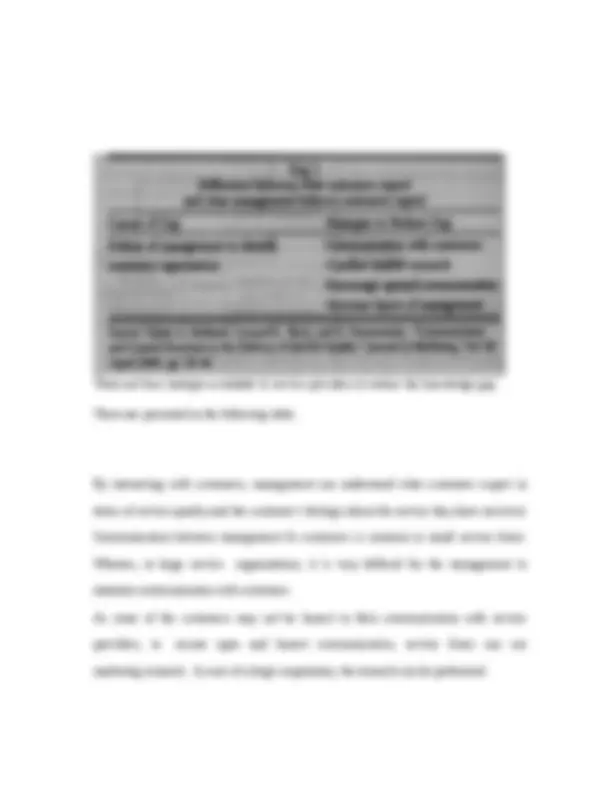
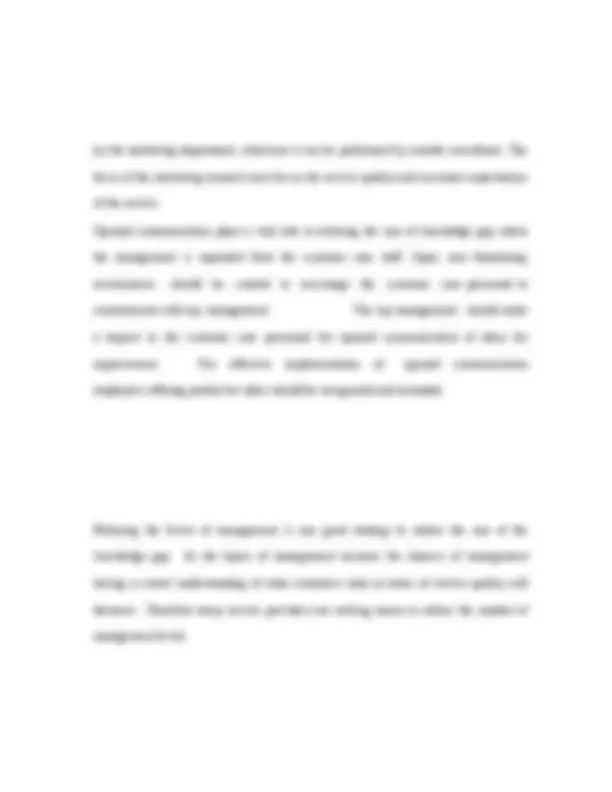
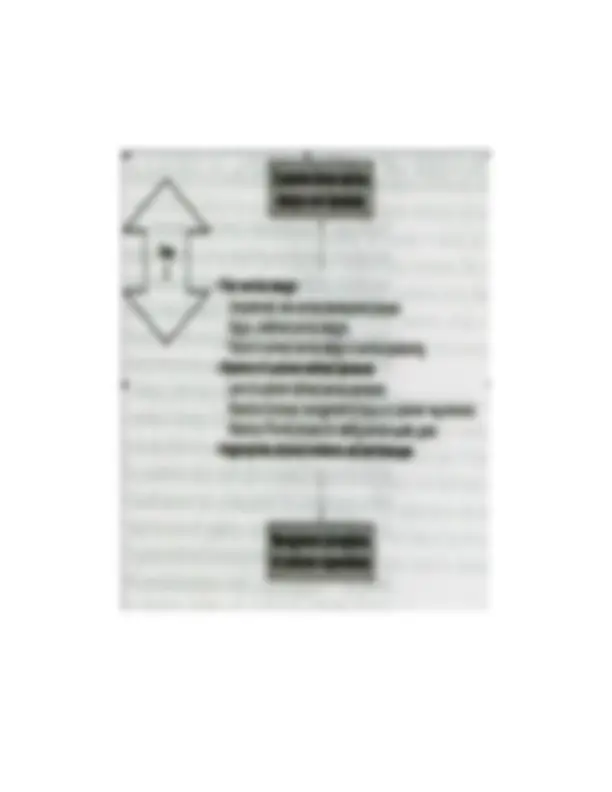
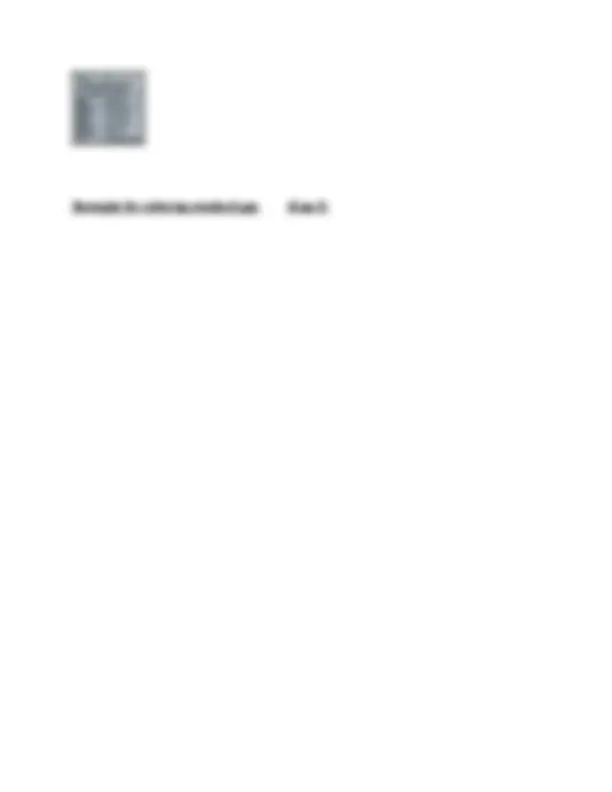
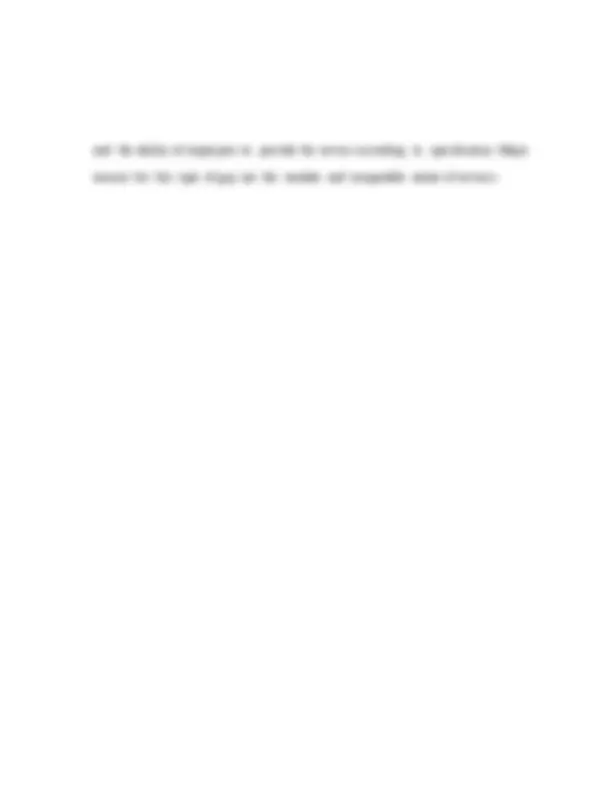
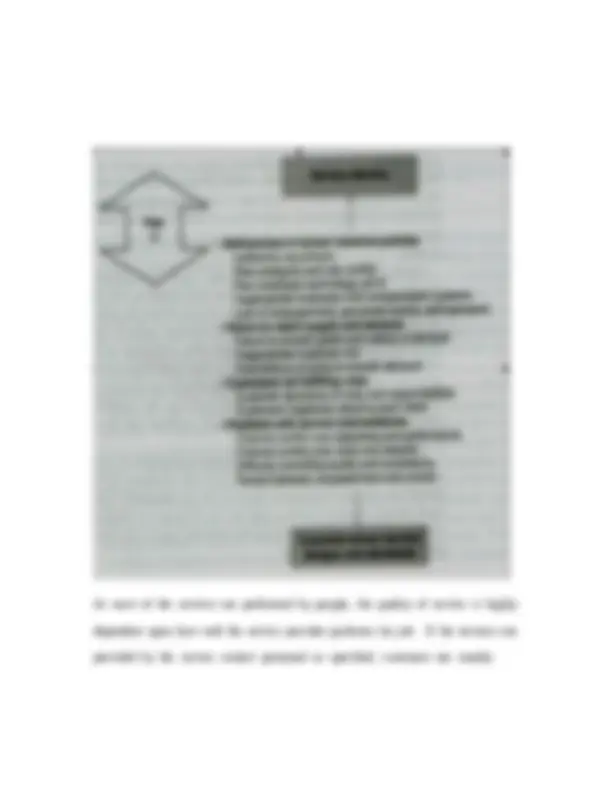
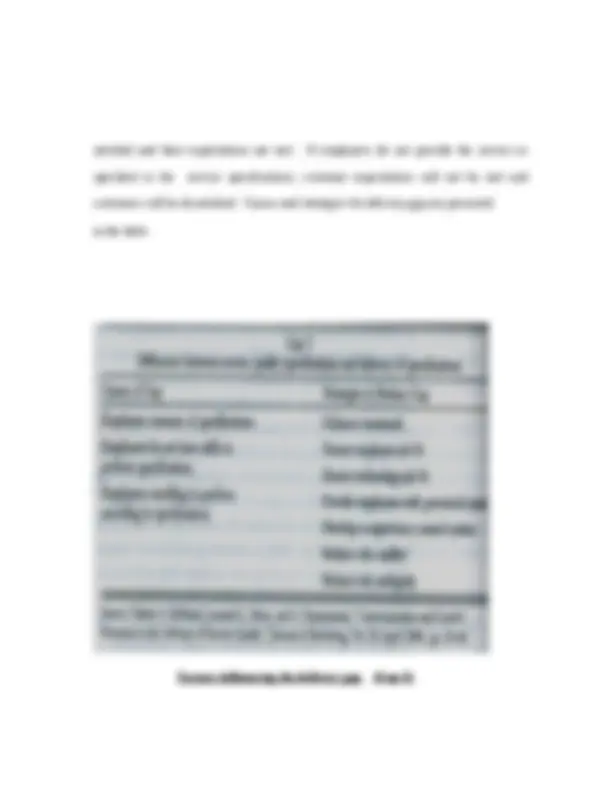
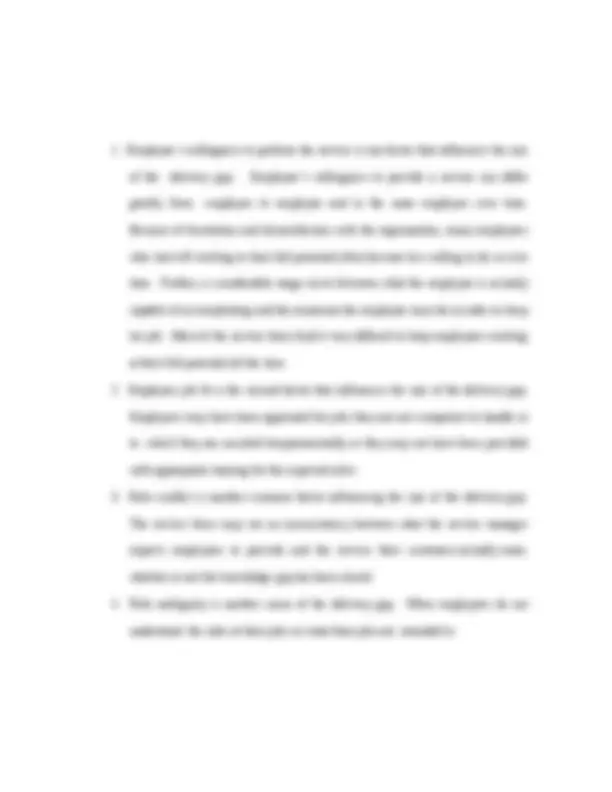
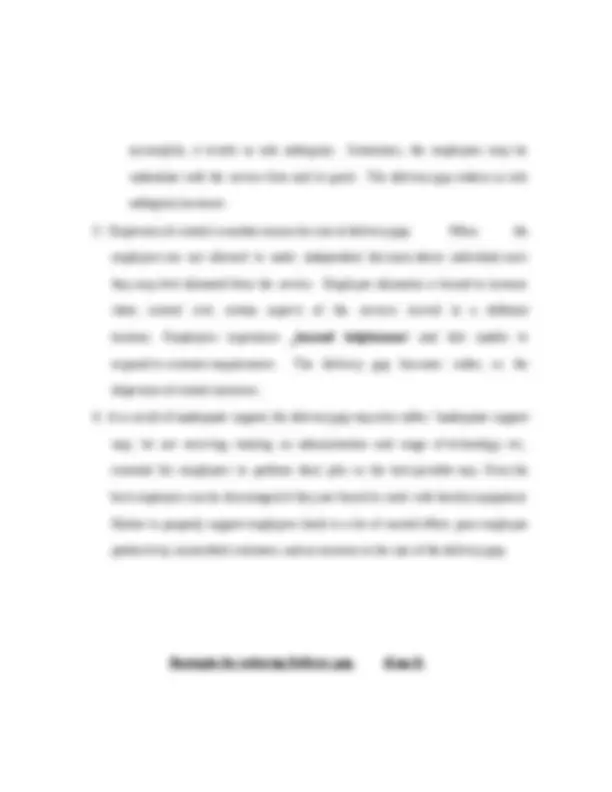
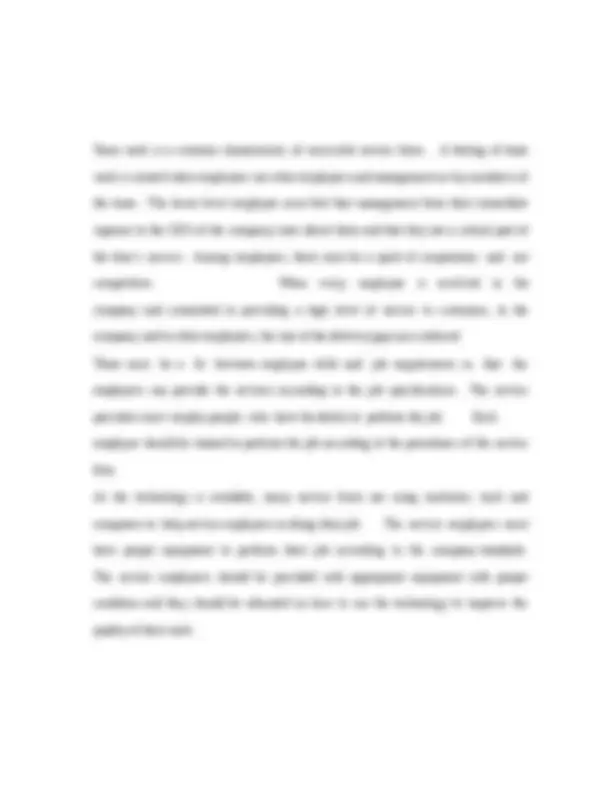
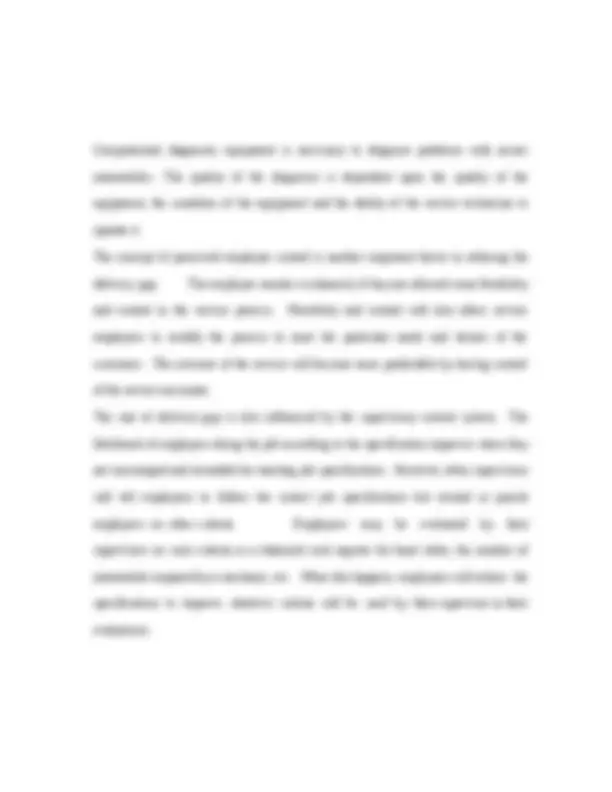
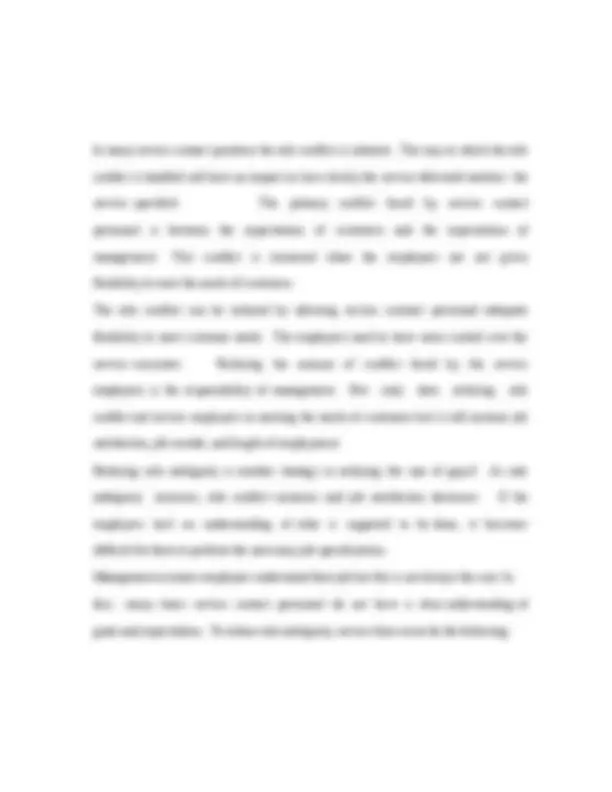
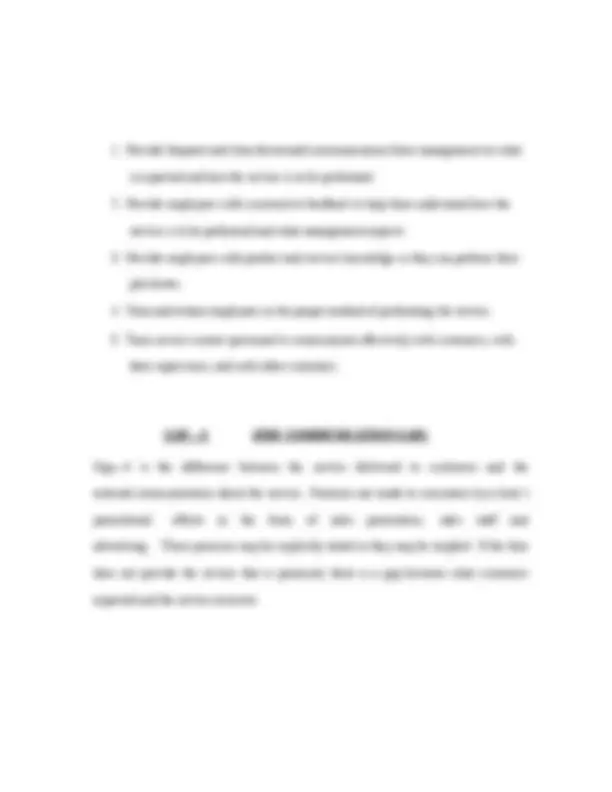
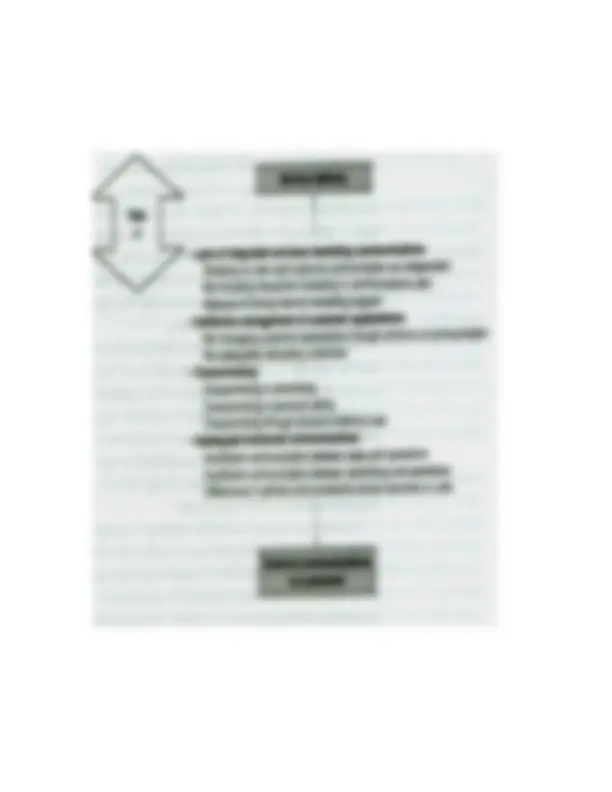
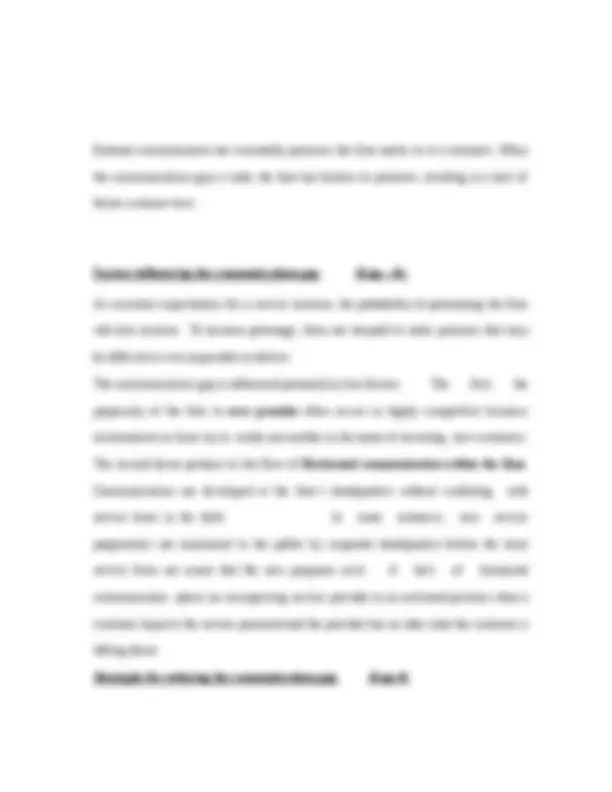
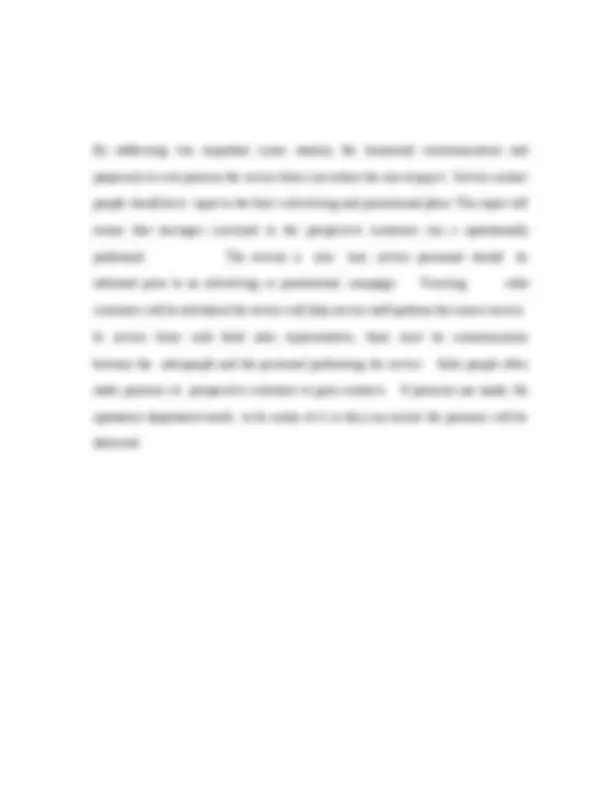
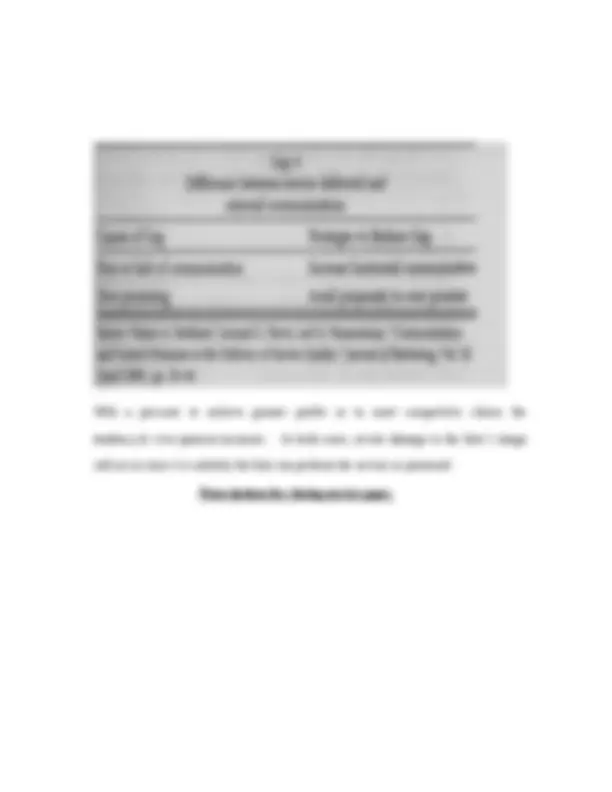
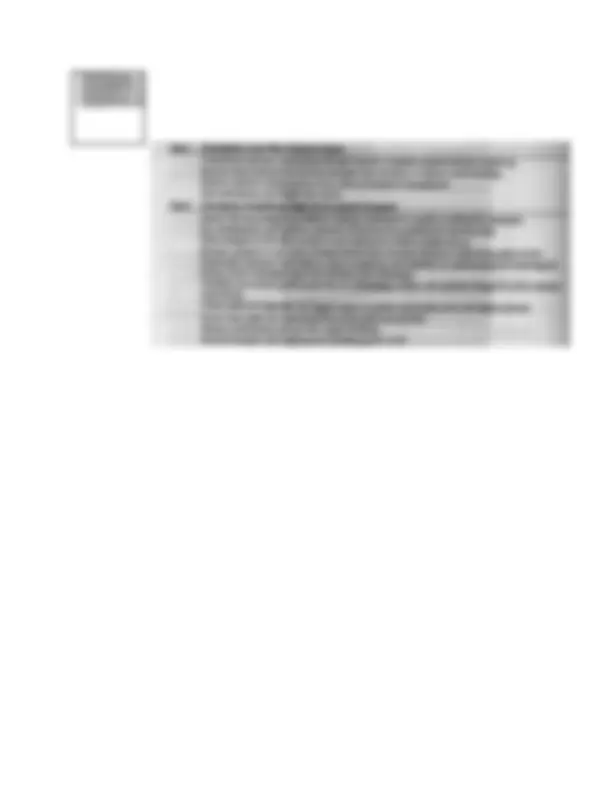

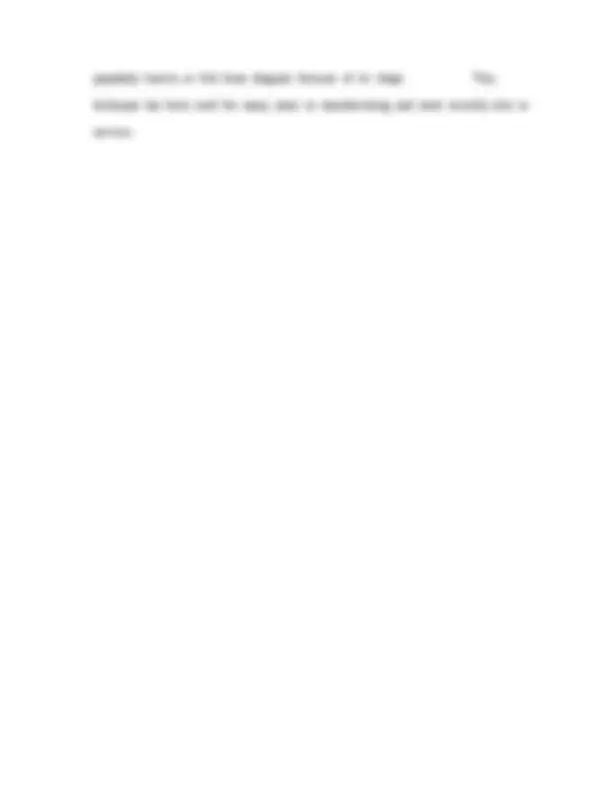
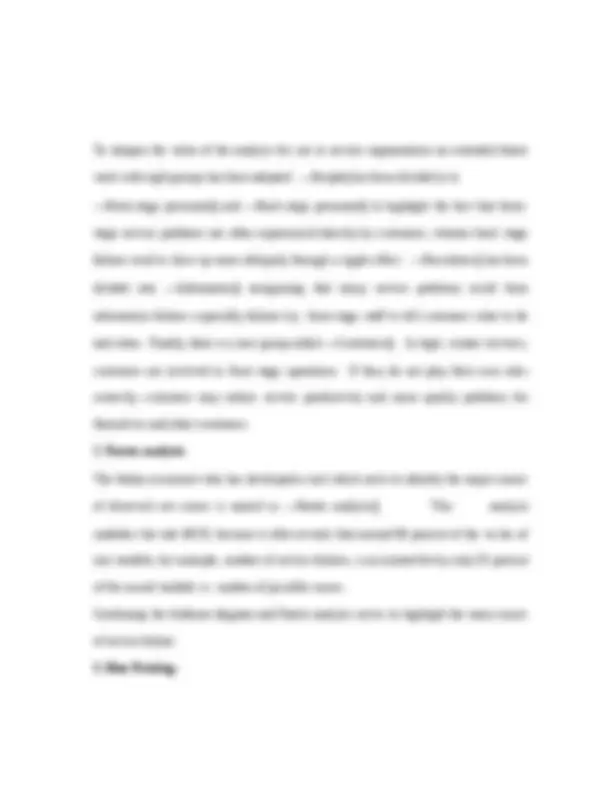
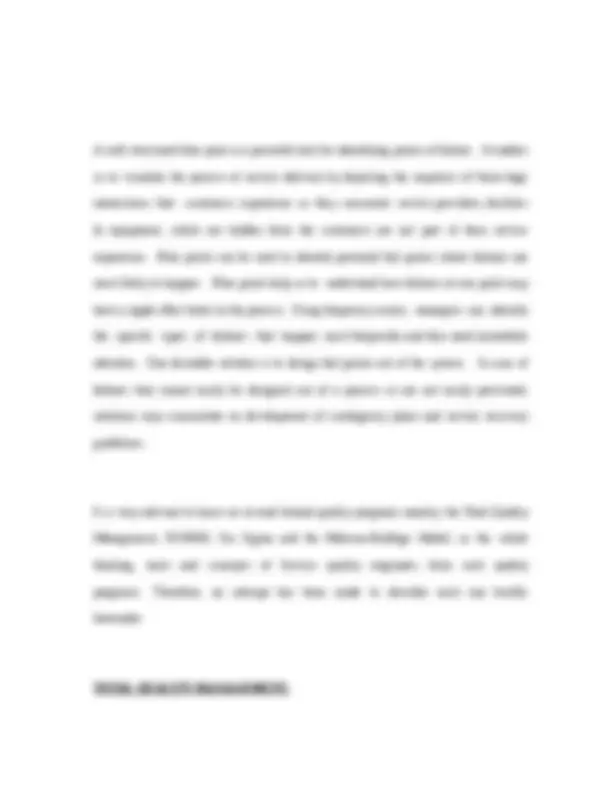
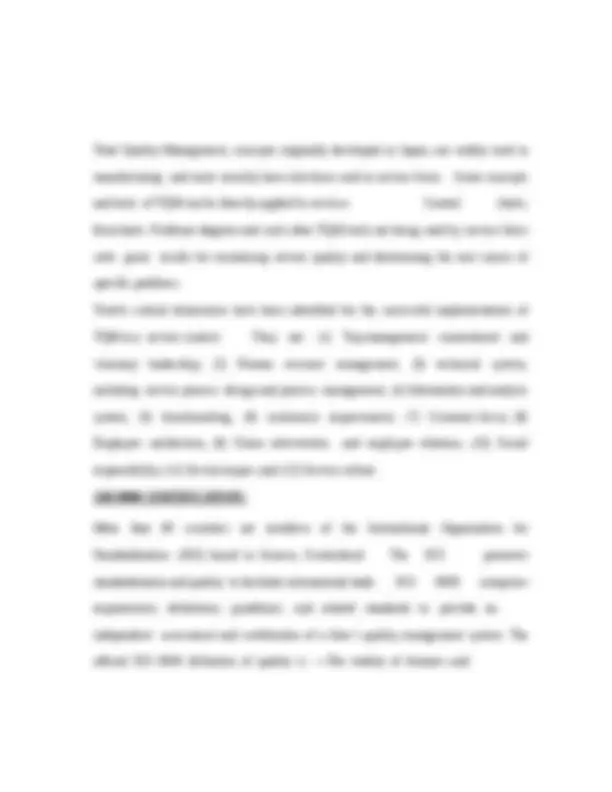
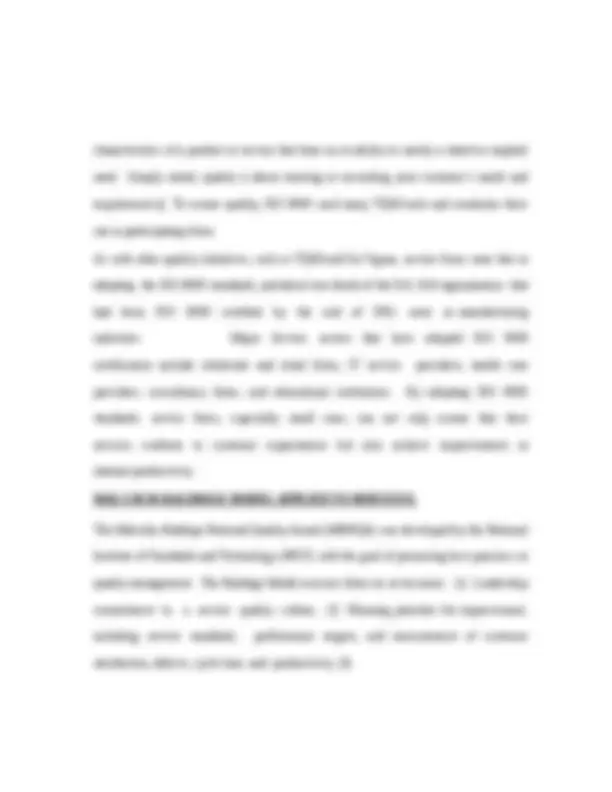

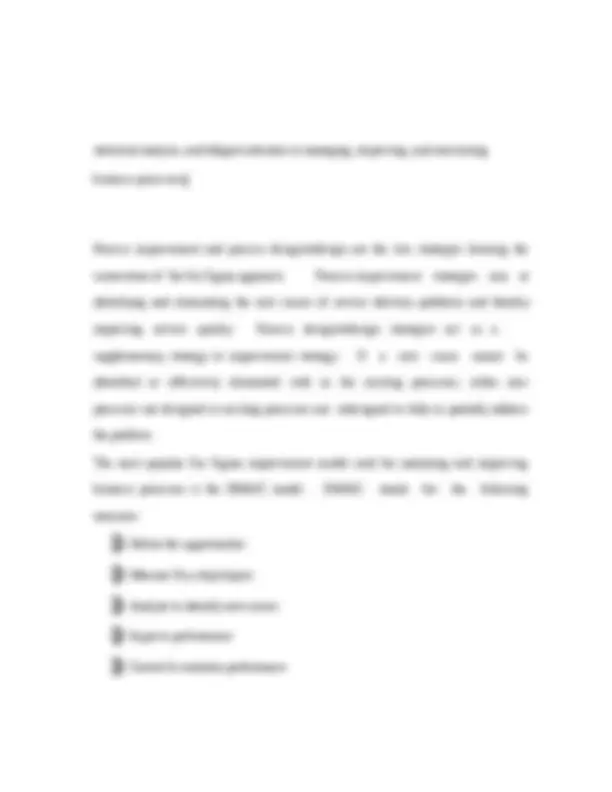


Study with the several resources on Docsity

Earn points by helping other students or get them with a premium plan


Prepare for your exams
Study with the several resources on Docsity

Earn points to download
Earn points by helping other students or get them with a premium plan
Community
Ask the community for help and clear up your study doubts
Discover the best universities in your country according to Docsity users
Free resources
Download our free guides on studying techniques, anxiety management strategies, and thesis advice from Docsity tutors
A model for assessing service quality through the comparison of perceived service with customer expectations. The document identifies five potential gaps in service quality and proposes strategies for reducing each gap. These gaps include the knowledge gap, standard gap, delivery gap, process gap, and physical evidence gap. The document also introduces tools for analyzing and addressing service quality issues, such as root cause analysis and pareto analysis.
Typology: Study notes
1 / 40

This page cannot be seen from the preview
Don't miss anything!

































Consumers compare the service they received with the service with the expected in the process of assessing the quality of service. The mathematical formula to calculate the service quality can be expressed as P-E, where ―P‖ is the consumer
perceived level of service received and ―E‖ is consumer expectations prior to the service encounter. A positive number would indicate consumer expectations were exceeded. A ‗zero‘ would indicate the consumer expectations were met. A negative number would indicate that expectations were not met. The figure given below presents a model of service quality that identified Five potential gaps. The horizontal dashed line divides the service quality gaps that are formed related from the one gap above the dashed line that is consumer oriented. Gap-5, which is the difference between what consumers received and what they expected, is the sum of Gap-1 to Gap-4. Gap-5 is affected by both direction and the magnitude of the first four gaps. A Model of Service Quality:
Gap-1 is the difference between what customers expected and what management perceived customers expected. Gap-1 is also known as knowledge gap. It is the gap between what customers want and what managers think customers want. Many service providers think they know what their customers want but are really mistaken. Customers of a restaurant may prefer quality and taste of food
over an attractive arrangement of the tables. Customers of a hotel may be interested more in on-site amenities over comfortable rooms. As result of knowledge gap many other mistakes may occur. The wrong facilities may be given, the wrong employees may be appointed and the wrong training may be extended. The services that the customers‘ desires are not offered, whereas services may be provided that customers have no use for. A detailed knowledge of customers‘ desire and then developing a solut ion into the service operating system may close this kind of knowledge gap.
There are three main factors which influences the knowledge gap. They are:
Levels of Management: The managerial levels in the organization influence the size of the knowledge gap. When more levels of management are added, the organizational hierarchy becomes more complex and increased levels of
management tend to become more distant from customers. As a result of all this, the size of the knowledge gap tends to increase. Upward Communication: Upward communication is the second important factor that influences the size of the knowledge gap. Upward communication is the flow of information from front-line staff to upper levels of the organization. As the bottom level employees interact more frequently with customers, they are often more in touch with the needs of customers than the top management. Therefore the increase in upward communication reduces the knowledge gap and vice versa. Research Orientation: The attitude of the organization towards conducting research can influence a great extent on the size of gap-1. As firm‘s research orientation increases the size of knowledge gap reduces.
by the marketing department; otherwise it can be performed by outside consultants. The focus of the marketing research must be on the service quality and consumer expectations of the service. Upward communication plays a vital role in reducing the size of knowledge gap where the management is separated from the customer care staff. Open, non- threatening environment should be created to encourage the customer care personnel to communicate with top management. The top management should make a request to the customer care personnel for upward communication of ideas for improvement. For effective implementation of upward communication employees offering productive ideas should be recognized and rewarded.
Reducing the levels of management is one good strategy to reduce the size of the knowledge gap. As the layers of management increase the chances of management having a correct understanding of what customers want in terms of service quality will decrease. Therefore many service providers are seeking means to reduce the number of management levels.
Gap-2 is the difference between management‘s perception of consumer expectations and the conversion of these perceptions into service quality specifications. Management may understand and know what customers want but unable to translate these expectations into the exact service specifications. Gap-2 is also known as standard gap. At the time of developing standards the service firm should use a flow char of its operations to identify all points of contact between the firm and its customers. Detailed standards can be written for (1) The way the system should operate & (2) The behaviour of customer relations personnel at each point in the system. Three causes of Standard gap (Gap-2)
To reduce the size of Gap-2 service providers must have the commitment of top management. The mission statements of many organizations reflect on the firm‘s commitment to provide high level of service quality to its customers. But in actual practice the service providers focus on cost reduction, gross sales and Net Profit rather than a high level of service quality.
The two reasons for this discrepancy between mission statement and actual practice are the difficulty of measuring service and the ease of measuring cost, sales and profits. Secondly, the current reward system is often based on non-service –type criteria. Most of the employees are promoted and rewarded for generating greater sales, increasing net profits or reducing costs not for enhancing service quality. The service firms must stat with a commitment by the management if at all there going to be serious about providing high quality service. The top management must set an example for their employees by co mmitting to provide high level of service. By setting service quality goals the standard gap can be reduced. While setting service quality goals, the management must keep in mind the customer, the service contact provider and the management. The customer relations team must understand the management‘s perspective and the need to generate a profit. The
customer relations team should provide their team members with valuable inputs into the best process for achieving service quality goals. The top management must understand the possibilities in terms of operation. The service quality goals must be customer oriented. While setting service quality standards, the customer wants and desires should be taken into consideration. The customers should be included in the goal setting process as it is advantageous to both management and customer relations personnel. The size of gap-2 can be reduced by task standardization. Standardization can be done through hard technology, which is substituting machines or computers for people, or soft technology which is improving work methods. Methods are designed to standardize the operation and provide a uniform delivery of the service to customers, reducing the gap between management perception of consumer expectations and the conversion of those expectations into service quality specifications.
The third service quality gap is the difference between the service quality specifications and the delivery of those specifications to the customer. The delivery gap occurs between the actual performance of a service and the standards set by management. The existence of the delivery gap depends on both the willingness
and the ability of employees to provide the service according to specification. Major reasons for this type of gap are the variable and inseparable nature of services.
As most of the services are performed by people, the quality of service is highly dependent upon how well the service provider performs his job. If the services are provided by the service contact personnel as specified, customers are usually